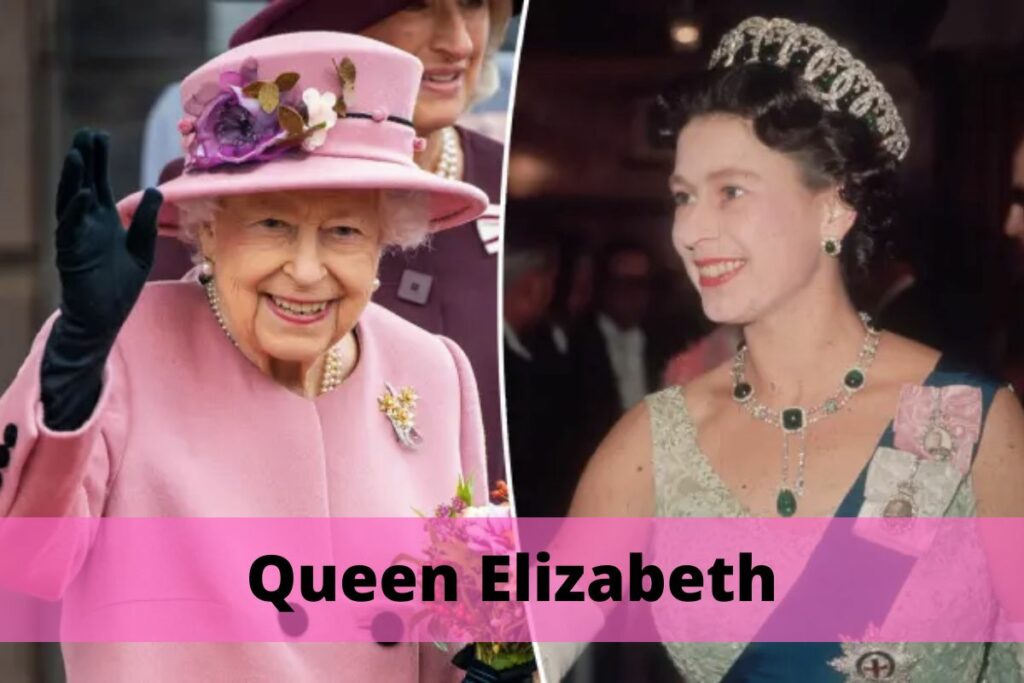Here is a complete timeline of events from the official announcement until the Queen’s state funeral.
Table of Contents
D-day
The official announcement from Buckingham Palace will have been preceded by a “call cascade,” in which the Queen’s private secretary personally informed the prime minister, and the news was passed on to the cabinet secretary and the privy council office, which coordinates government work on behalf of the monarch. The “formal notification” will be issued to the general public.
Flags will have been lowered to half-mast at the royal homes, Whitehall, and other government buildings, and the royal family’s website will have been turned to a black holding page with a brief statement announcing the Queen’s death. Government websites also display a black banner.
The prime minister is the first government official to remark.
The tradition at Buckingham Palace is to attach the framed formal proclamation of the death to the railings. Meanwhile, Westminster Abbey and St Paul’s Cathedral will ring their bells at midday.
There will be ceremonial gun salutes in Hyde Park and Tower Hill, as well as a national minute’s silence.
The king will hold his first audience with the prime minister. He will also meet with the Earl Marshal to officially sign off on the full funeral arrangements, with the state funeral scheduled for 10 days later. On Thursday evening, Charles will address the nation and the Commonwealth.
D-day+1
The Accession Council, comprised of prominent government officials and privy counselors, will convene at St James’s Palace at 10 a.m. for the major proclamation of the new king, which will be read aloud in public from a balcony of St James’s Palace. The City of London’s Royal Exchange will read an additional proclamation. The new king will meet with the prime minister and cabinet, the opposition leader, the archbishop of Canterbury, and the dean of Westminster in the afternoon.
Parliament will pay tributes. Flags will be flown at half-mast during the Accession Council and remain at half-mast for 24 hours before being flown at full mast until the day following the funeral.
D-day+2
The coffin will be transported from Balmoral to the Palace of Holyroodhouse.
At midnight, proclamations will be made in the devolved nations of Edinburgh, Cardiff, and Belfast. Parliamentary tributes are sure to continue.
D-day+ 3
A ceremonial parade will be held from Holyrood through the Royal Mile to St Giles’ Cathedral, where members of the royal family will attend a ceremony. Following that service, St Giles’ Cathedral will be open to the public for 24 hours for a period of lying at rest, rather than lying in state, as that will take place elsewhere in London.
According to London Bridge plans, King Charles will proceed to the Palace of Westminster to accept a condolence motion. He will then fly to Edinburgh. In his first act as king, he will attend the keys ceremony at the Palace of Holyroodhouse, followed by a liturgy at St Giles’ Cathedral. He will meet with Scotland’s first minister for the first time and receive a motion of condolence from the Scottish parliament.
D-day+4
The coffin is anticipated to be transported to Edinburgh Waverley station in the late evening, where it will board the royal train and journey overnight to St Pancras station in London.
King Charles will fly to Northern Ireland, where he will receive a sympathy message at Hillsborough Castle and then attend a ceremony of prayer and contemplation on Queen Elizabeth II’s life at St Anne’s Cathedral in Belfast.
The procession of the late Queen’s coffin from Buckingham Palace to Westminster Hall will be practiced.
D-day + 5
The casket is anticipated to arrive at Buckingham Palace a few hours before the signing ceremony planned for later that day in London.
The Queen’s coffin will be carried from Buckingham Palace to Westminster Hall for the first five days laying in state in the first major ceremonial event preceding the funeral. The coffin is supposed to be carried on a rifle carriage. There will be a brief service upon arrival.
The public is invited to pay their respects while the deceased lies in the state. The coffin will be displayed on a catafalque in Westminster Hall, open to the public 24 hours a day.
D-day+6
The lying in state continues.
D-day+7
King Charles will visit Wales and attend a ceremony at Llandaff Cathedral in Cardiff before visiting the Welsh Senedd and receiving a motion of sympathy. He will meet with the First Minister of Wales.
Commonwealth contingents will begin to arrive in London.
D-day+8
King Charles is expected to receive governors-general and prime ministers from the realms.
D-day+9
On the eve of the funeral, Charles will welcome foreign royal families attending the funeral. VIP overseas guests are expected to participate in the lying in state.
D-day+10
Westminster Abbey will host the state funeral. The casket will be carried in procession from Westminster Hall to the abbey. There will be a two-minute silence around the country. Following the one-hour service, the coffin will be accompanied by a big ceremonial parade to Hyde Park, where it will be changed from gun carriage to state hearse and transported to Windsor. Following a procession through Windsor, a commitment service at St George’s Chapel, Windsor Castle, will be performed, during which the coffin will be lowered into the royal vault.

